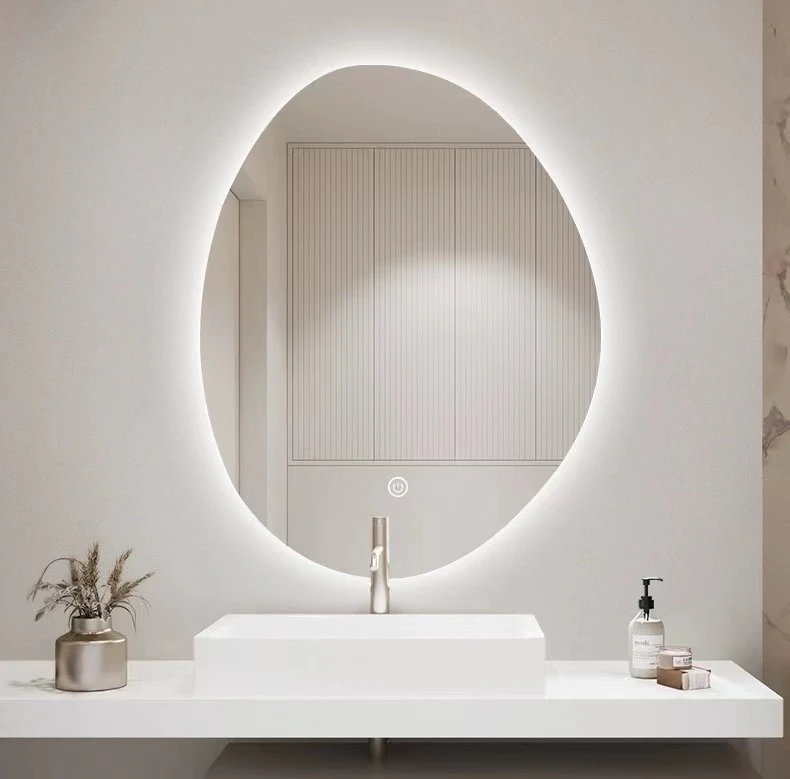

Understanding the Cost Factors of Insulated Glass Units
Insulated Glass Units (IGUs) have become a popular choice for both residential and commercial buildings due to their excellent thermal performance, energy efficiency, and aesthetic appeal. As the demand for energy-efficient construction materials rises, understanding the cost factors associated with IGUs is crucial for consumers, builders, and architects alike. In this article, we will explore the various elements that contribute to the cost of insulated glass units, ensuring you make informed decisions when selecting these products for your building projects.
What are Insulated Glass Units?
An insulated glass unit is essentially a type of window or glazing product that consists of two or more panes of glass separated by a space filled with air or gas. The space is hermetically sealed and often filled with argon or krypton gas, both of which enhance thermal insulation. The goal of an IGU is to reduce heat transfer between the interior and exterior environments, which significantly enhances energy efficiency in a building.
Factors Influencing IGU Costs
1. Type of Glass Used The type of glass chosen for the IGU can greatly affect its cost. Common options include tempered glass, laminated glass, and low-emissivity (Low-E) glass. Tempered glass provides greater strength and safety, while laminated glass offers superior sound insulation. Low-E glass, coated with a thin layer of metal oxide, reflects heat back into the room, further improving energy efficiency. Each type comes with varying price points, influencing the overall cost of the IGU.
2. Thickness and Size of the Units The thickness of the glass and the overall dimensions of the IGUs also play significant roles in their pricing. Larger and thicker units tend to cost more due to the increased amount of raw materials and the complexity of production. Additionally, custom sizes may incur additional charges, as standard sizes are typically more economical.
3. Gas Fill Options The gas used to fill the space between glass panes can influence costs significantly. While standard air filling is the least expensive option, argon and krypton gas offers superior insulation properties. Krypton, being more efficient, is more expensive than argon, leading to a higher overall cost for the unit. Deciding on which gas to use can be crucial, especially in regions with extreme temperatures.

4. Spacer Bars The materials and technology used for spacer bars—those separating the panes of glass—also affect costs. Warm-edge spacers made of less conductive materials are designed to reduce heat transfer and improve energy efficiency. While they may have a higher initial cost, the long-term energy savings can justify the investment.
5. Coatings and Treatments Special coatings and treatments applied to the glass can also impact costs. Anti-reflective coatings, for example, can reduce glare and improve visibility, while tinted glass can minimize heat gain. Each additional treatment may raise the unit price but can provide additional benefits in terms of comfort and aesthetics.
6. Installation Factors The complexity of the installation process can affect overall costs as well. If a structure requires specialized framing or additional support structures, the associated labor and material expenses can increase the total project costs. Furthermore, hiring experienced professionals for installation is crucial for ensuring that the IGUs are fitted correctly to achieve maximum energy efficiency.
7. Bulk Purchase Discounts For larger projects, buying IGUs in bulk can result in significant discounts. Many manufacturers offer competitive prices for bulk orders, allowing builders and contractors to save on material costs.
8. Regional Variations Finally, geographic location plays a role in the cost of IGUs. Variations in labor costs, local regulations, and the availability of materials can mean that IGU prices differ significantly from one region to another.
Conclusion
Investing in Insulated Glass Units is an effective way to enhance the energy efficiency of a building while providing aesthetic value. However, it's important to be mindful of the various cost factors at play. By understanding how the type of glass, size, gas fill options, spacer bars, coatings, installation complexity, and regional variations contribute to overall costs, consumers can make better-informed decisions. Ultimately, striking a balance between price and performance will not only enhance comfort and utility but also provide significant long-term savings on energy bills.